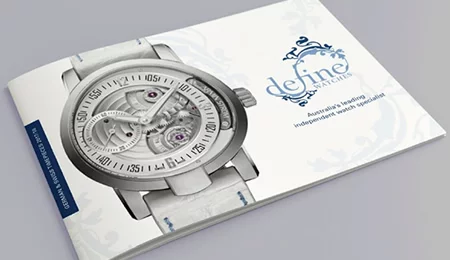QUARTZ watches:
An erratic stop/start is usually due to magnetic interference which will stop the movement when it comes into contact with a magnetic field and restart once it is moved away.
Sources of magnetic field interference are on the increase and include: loud speakers, cellular phones, magnetic closure systems for handbags, glasses cases, wallets, refrigerators, and cupboards, office equipment, anti-rheumatic bracelets, magnets, landline telephones, televisions, computers and tablets, laptop computers, audio and video systems, MP3s, microwave ovens, hair-dryers, hi-fi equipment, domestic appliances, and induction hobs. Consequently, it is quite common to magnetize a watch unwittingly.
How to test: This can be tested by holding your watch to a compass (not a digital compass or smart device as this creates a magnetic interference itself)… go for the old-school hand held compass. If the watch moves the needle when you hover it over the compass, then it is a sign that your watch may be magnetised and will need to be professionally demagnetised.
FIX: You may be able to reset the time and that will suffice, but if problem persists it will need to be professionally demagnetised.
MECHANICAL watches:
Mechanical timepieces may also lose or gain time when affected by strong magnetism, though not as much as with quartz timepieces. Once a mechanical timepiece has been affected, magnetism remains in the movement even if it is moved away from the magnetic source. Accuracy problems may persist after a long time so it is necessary to demagnetise (repair) the timepiece professionally.
How to test: Hold your watch to a compass (not a digital compass or smart device as this creates a magnetic interference itself)… go for the old-school hand held compass. If the watch moves the needle when you hover it over the compass, then it is a sign that your watch is magnetised and will need to be professionally demagnetised.
FIX: Contact your retailer or authorised repairer as your timepiece will need to be professionally demagnetised.





